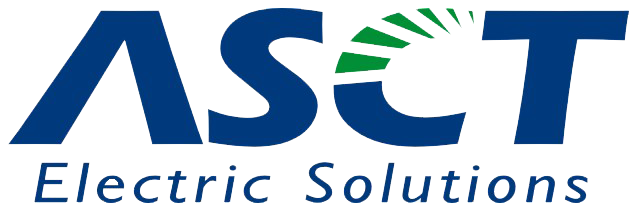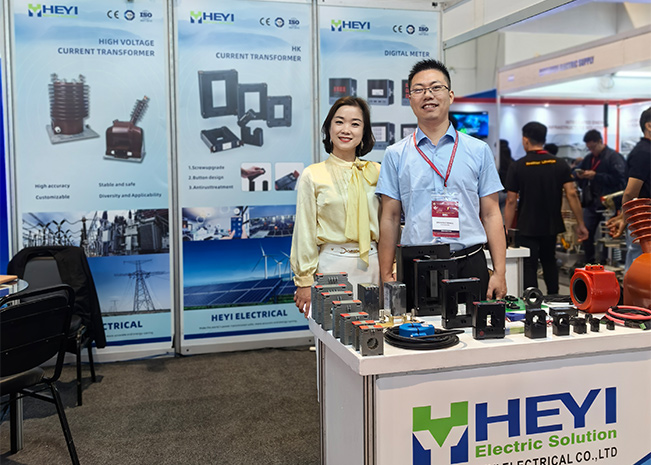Digital Meter
digital current meter
COS meter
Power_meter
Energy meter
Combined meter
Multifunction meter
Frequency meter
digital voltage meter
Transducers
Insulator
SE Type
SM Type
ASM Type
AB Type
JYZ Type
JYZ Type
MNS Type
LY Type
C Type
CT Type
CJ/CB
EL Type
DL Type
C/GP/L
HC Type
PMJ Type
GCK Type
PMJ Type
PMJ-N Type
XP
ZMJ Type
SGR Type
AMJ Type
Inverter
Controller
Voltage Stabilizer
SBW/DBW Automatic compensated power voltage stabilizer
SBW-F Sub-tone automatic compensation power voltage stabilizer
SVR Automatic AC home voltage stabilizer
SVC/TND single-phase high-precision automatic AC voltage stabilizer
TSD wall-mounted automatic AC voltage regulator
SVC/TNS three-phase high-precision automatic AC voltage stabilizer
Meter Socket
Smart Circuit Breaker
Products
- Others
-
Voltage StabilizerSBW/DBW Automatic compensated power voltage stabilizer SBW-F Sub-tone automatic compensation power voltage stabilizer SVR Automatic AC home voltage stabilizer SVC/TND single-phase high-precision automatic AC voltage stabilizer TSD wall-mounted automatic AC voltage regulator SVC/TNS three-phase high-precision automatic AC voltage stabilizer


